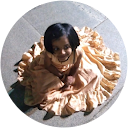Amblyopia
At Nandadeep Eye Hospital we have a modern Vision Therapy Clinic to help both children and adults with Amblyopia (Lazy Eye). It is a vision disorder that begins in infancy or early childhood. Affecting 2-3% of children worldwide It results from abnormal visual experiences, leading to an imbalance between the eyes. While it appears as an eye problem, it’s fundamentally a communication issue between the eyes and the brain. Amblyopia affects visual acuity, position acuity, and contrast sensitivity. Treatment involves training both the affected eye and the brain to improve coordination and enhance vision. Recovery is possible even in adults, thanks to a concept called neuroplasticity, our brains can change at any age. So, even adults can benefit from treatment.
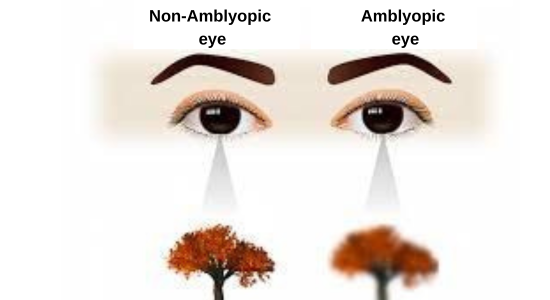
The World Health Organization (WHO) recommends early screening and intervention as key strategies to prevent amblyopia.
-
Early Detection
It’s crucial to detect conditions that can lead to amblyopia as early as possible. This includes screening for visual acuity issues, refractive errors, and alignment problem.
-
Treatment Approaches
For children diagnosed with amblyopia, treatment methods may include prescribing corrective glasses, occlusion therapy (patching the stronger eye), or atropine drops to blur the vision in the stronger eye and stimulate the weaker one.
-
Importance of Compliance
The success of treatment largely depends on the child’s compliance with the prescribed therapy, which often involves wearing an eye patch or using atropine drops over a period of time.
-
Age Factor
The earlier the treatment for amblyopia begins, the better the outcomes. The most effective treatment period is generally before the age of 7 years
Types of Amblyopia
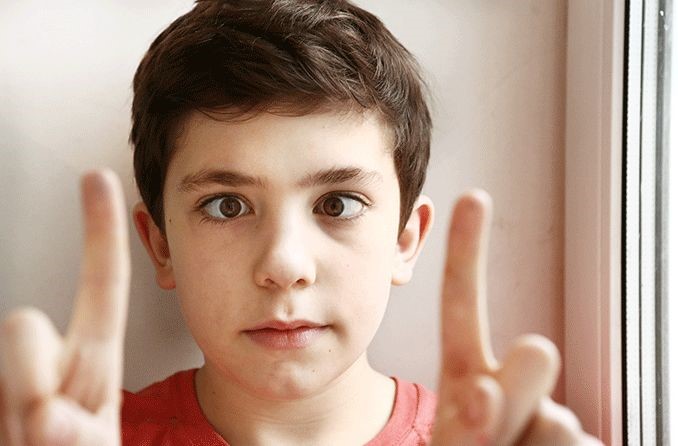
Strabismus (Crossed Eyes)
When the eyes don’t align properly, they can turn inward (esotropia), outward (exotropia), upward (hypertropia), or downward (hypotropia). Strabismus can affect one or both eyes.
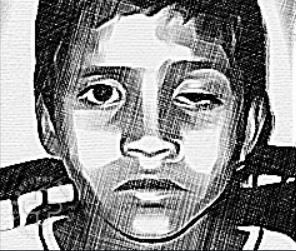
Stimulus Deprivation Amblyopia
The most severe form of lazy eye, caused by a complete or partial blockage of the visual axis. Rapid vision loss can result.
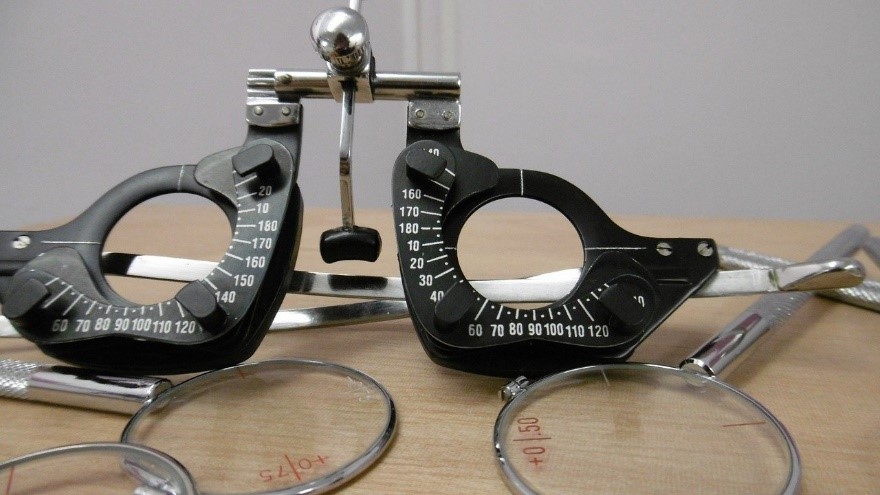
Anisometropia
This occurs when each eye has different visual acuity due to refractive errors. The retinal image gets distorted because of this difference.
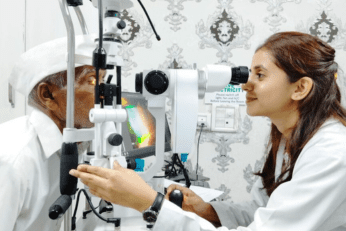
Isometropic amblyopia
This develops when the refractive errors in the two eyes are equal. Severe refractive errors in both eyes, even if symmetric, may cause bilateral isometropic amblyopia, especially if optical correction is delayed.

Common Symptoms of Lazy Eye
-
Vision Problems
Difficulty seeing distant objects or experiencing double vision.
-
Eye Alignment Issues
Wandering or crossed eyes due to misalignment.
-
Eye Coordination Challenges
Trouble tracking moving objects or reading.
-
Depth Perception / 3D vision Difficulties
Judging distances can be tricky.
-
Peripheral Vision Differences
Lazy eye may affect peripheral vision.
Here’s what our clinic does

1. Comprehensive Assessment
We thoroughly evaluate visual functions for people with amblyopia (lazy eye). Our recommendations work hand-in-hand with those from pediatric ophthalmologists and optometrists.

2. Novel Treatment Guidelines
We don’t just stop at assessments. Our clinic also offers innovative treatments. For instance, we use activity computer games (dichoptic-based therapy) to address the visual needs of amblyopic patients.
AMBLYOPIA IN KIDS
Lazy eye, also known as amblyopia, is a neurodevelopmental disorder that affects children’s vision. It occurs when the brain does not properly develop the ability to see out of one eye. This can happen for a variety of reasons, including strabismus (crossed eyes), refractive errors (nearsightedness, farsightedness, or astigmatism), or amblyopia deprivation (when one eye is covered or blocked).
Lazy eye typically manifests before the age of 8, and about 4% of children worldwide are affected. Children with lazy eyes may have reduced vision in one or both eyes, and they may also have difficulty comprehending, copying from the board or screen, and coordinating their eyes with their hands.
It is important to detect and treat lazy eye disease early, as it can lead to permanent vision loss. Treatment typically involves patching the stronger eye or using eye drops to blur the stronger eye, which forces the weaker eye to work harder. With early intervention, most children with lazy eyes can achieve normal vision.
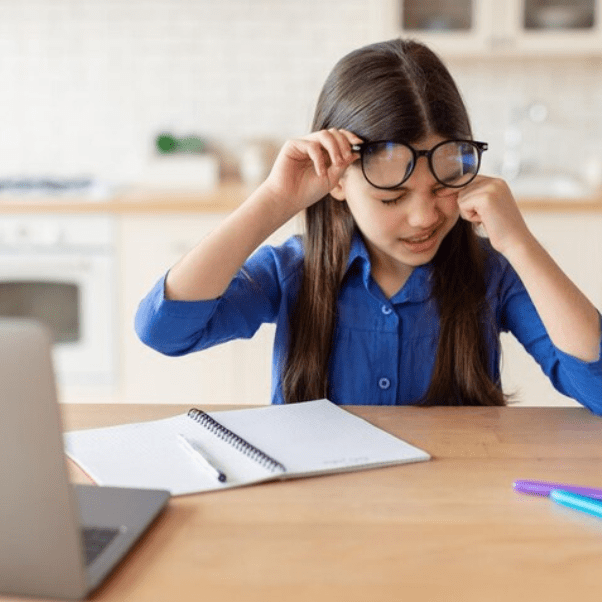
Symptoms of Amblyopia in kids
The following are the most typical signs and symptoms of a lazy eye:
- Squint
- Headaches or fatigue
- Squeezing one eye (particularly in bright sunlight)
- Child complaining about poor depth perception and peripheral vision
- Not able to see far objects clearly
- Eye turning in, out, or up
Treatment Options
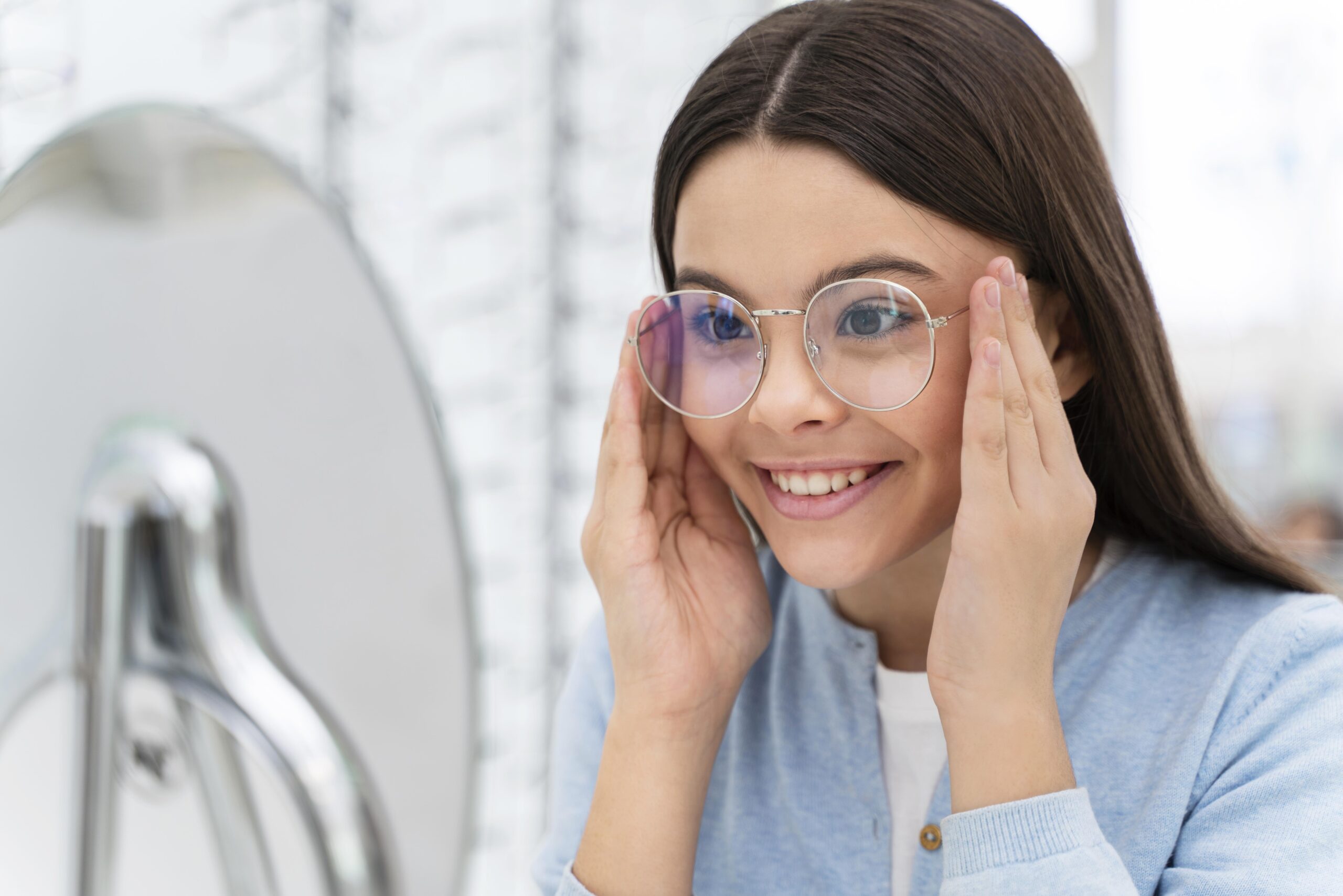
Corrective glasses
To address refractive errors.
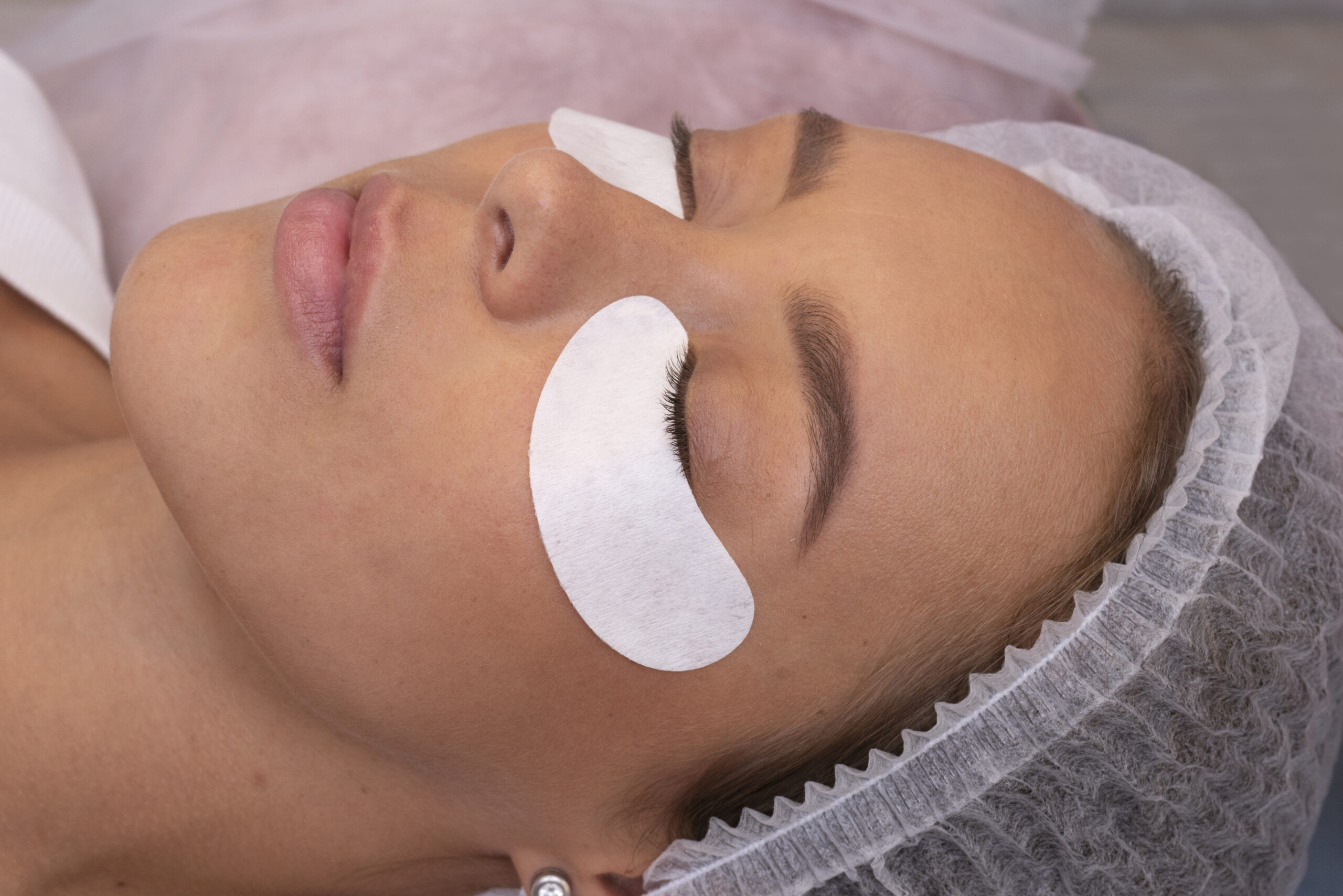
Eye patches
Covering the stronger eye using patches or frosted glass to encourage use of the weaker eye.
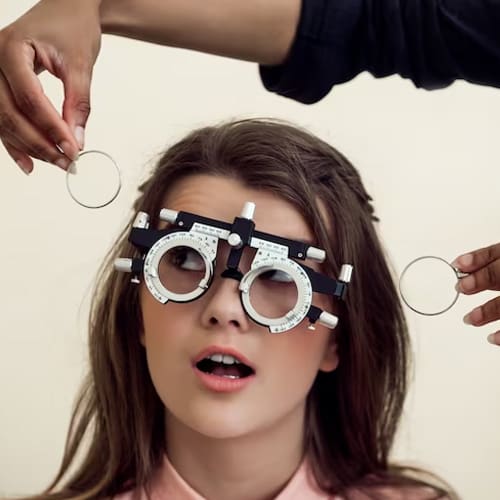
Vision therapy
It is a program that aims to improve a person’s visual abilities. It uses a variety of ways – such as eye exercises, testing, occlusion (patching) lenses and prisms – to treat a range of visual problems.
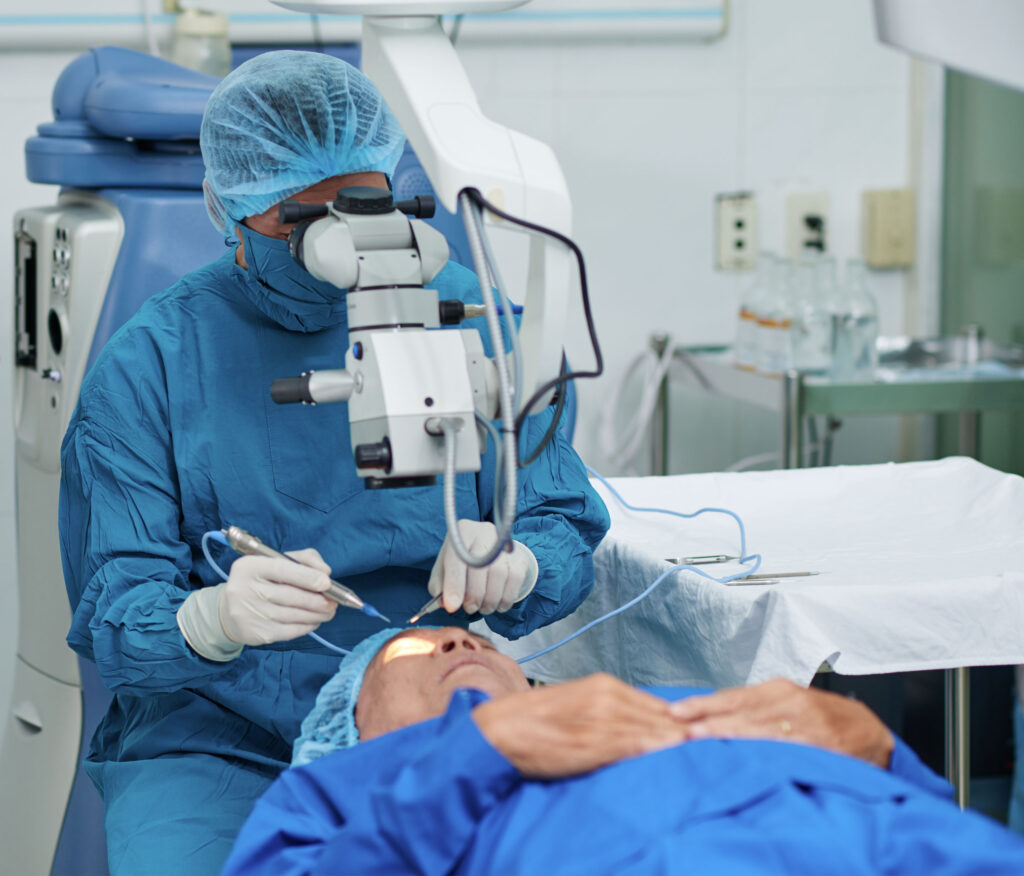
Surgery
For conditions like cataracts.
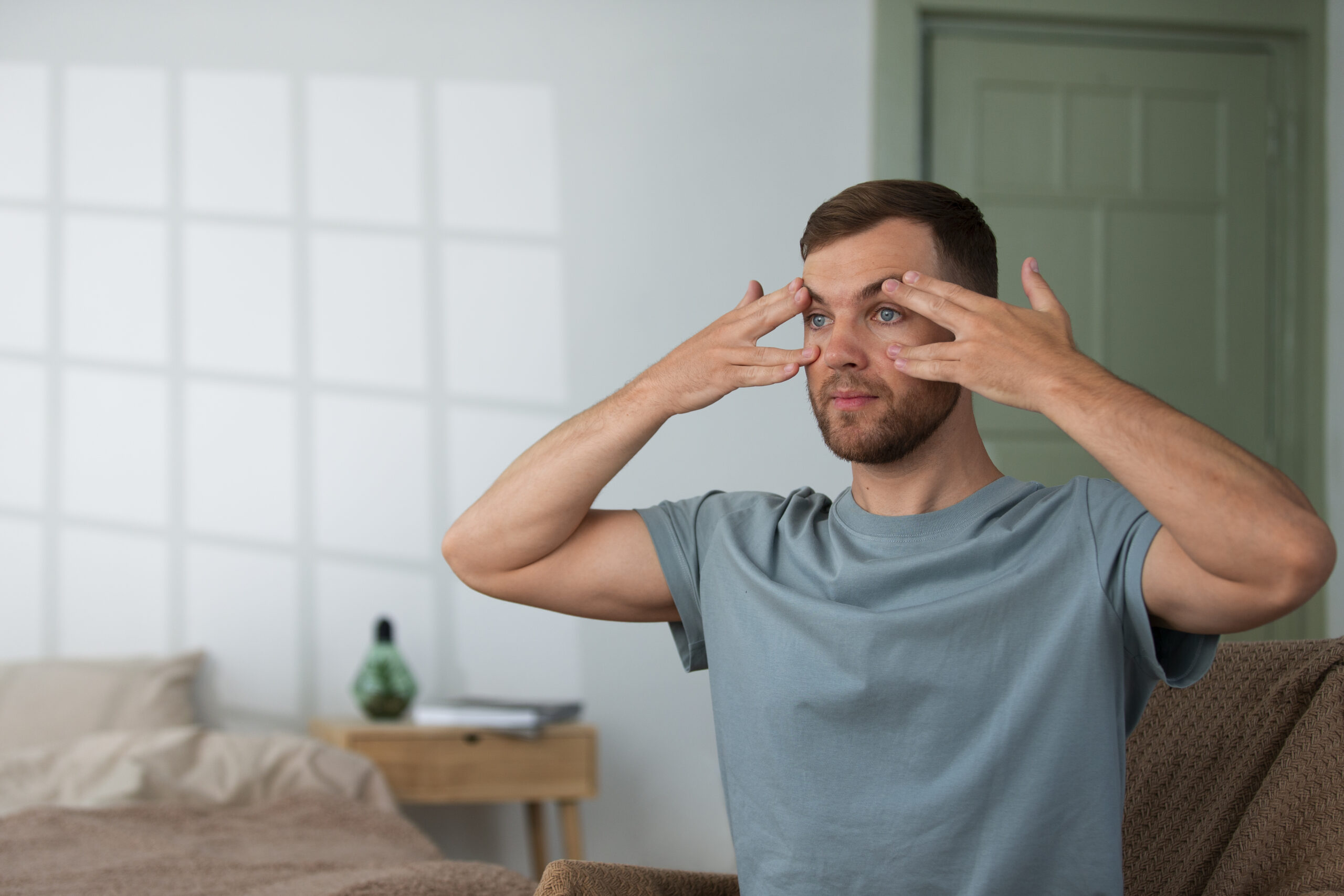
Exercise therapy
Strengthening eye muscles.
Why Choose Nandadeep Eye Hospital?
Non-Surgical Treatment:
At Nandadeep, we have state-of-the-art computerized therapy, that is grounded in the latest advancements in neuroscience and neuroplasticity, which demonstrate the brain’s ability to change and adapt at any age. This innovative treatment involves engaging activities and games that encourage both eyes to work together, improving vision without the need for invasive procedures. As we specialise in providing:
-
1. Vision Therapy
-
2. Vision Rehabilitation
-
3. Vision Development

Experienced Clinicians
Our team of experienced clinicians is led by specialists who are not only experts in their field but also compassionate caregivers. They provide personalized care and are equipped with the knowledge and skills to address the unique needs of each child with Amblyopia.
Well-Trained Team
The success of Nandadeep’s Amblyopia treatment lies in the hands of our well-trained team. From optometrists to support staff, each member is meticulously trained to ensure the highest standards of care. Our team’s expertise is reflected in the positive outcomes and satisfaction of our patients.
Infrastructure and Instruments
Nandadeep boasts a modern infrastructure, complete with advanced instruments and technology designed to diagnose and treat various vision disorders effectively. Our facilities are tailored to create a welcoming and comfortable environment for children and their families, making the journey towards better vision a pleasant experience.
Consequence of letting amblyopia go untreated
-
Permanent vision loss
Without treatment, the weaker eye may never achieve normal vision.
-
Reduced visual acuity
Amblyopia can result in significantly decreased visual sharpness that cannot be corrected with glasses or surgery.
-
Binocular vision deficits
The ability to use both eyes together effectively may be compromised, affecting depth perception and 3D vision
-
Quality of life impact
Individuals with untreated amblyopia often face restricted career options, social challenges, and low self-esteem.
-
Risk of visual impairment
If the stronger eye ever becomes injured or affected by disease, reliance on an untreated amblyopic eye can lead to serious difficulties.
Amblyopia can affect the following professions:
-
 Pilots
Pilots
- Sports persons
- Surgeons / doctors
-
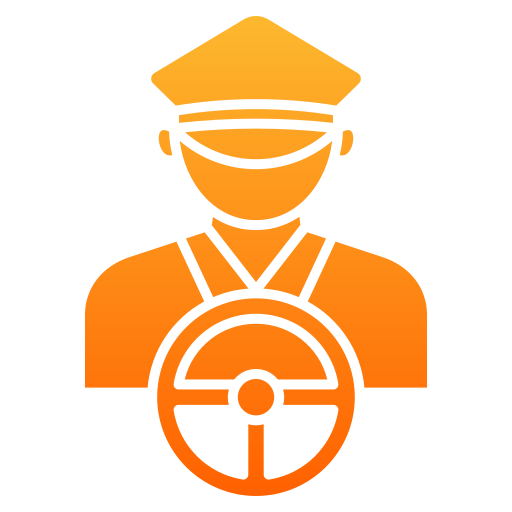 Drivers
Drivers
-
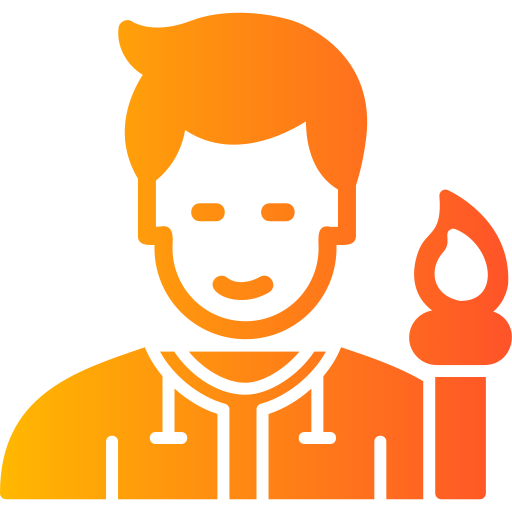 Painters
Painters
- IT Professionals
- Military
- Civil engineers
Our Amblyopia Specialist
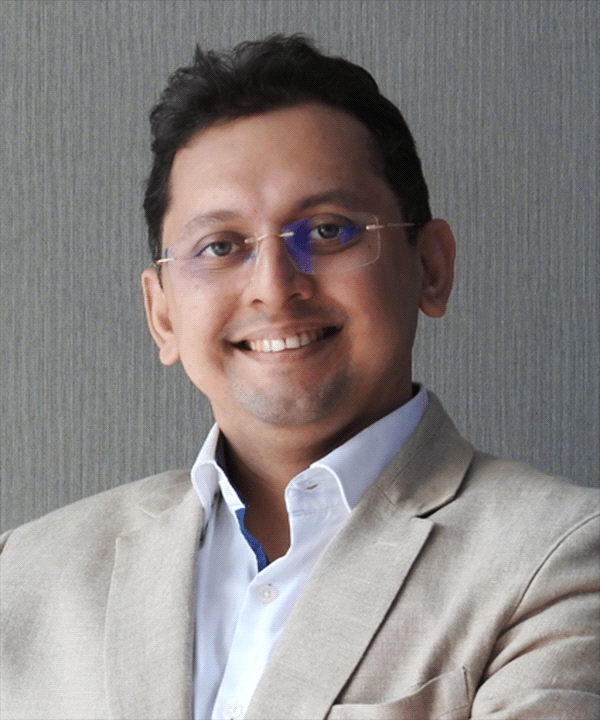
Dr. Sourabh D. Patwardhan
Phaco-Refractive-Vitreoretina- Glaucoma specialist FRCS (UK), MS (AIIMS), DNB, MNAMS, FICO
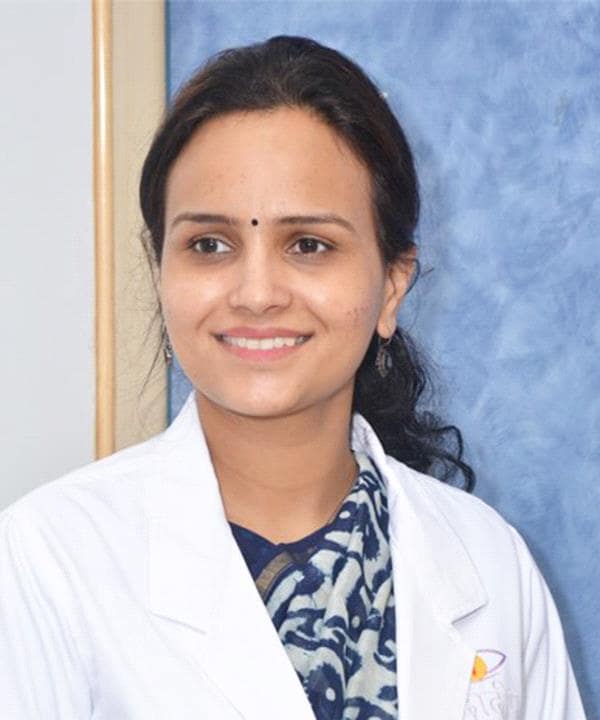
Dr. Nidhi S. Patwardhan
Cataract and Refractive specialist M.D. (AIIMS), FICO, D.O.M.S
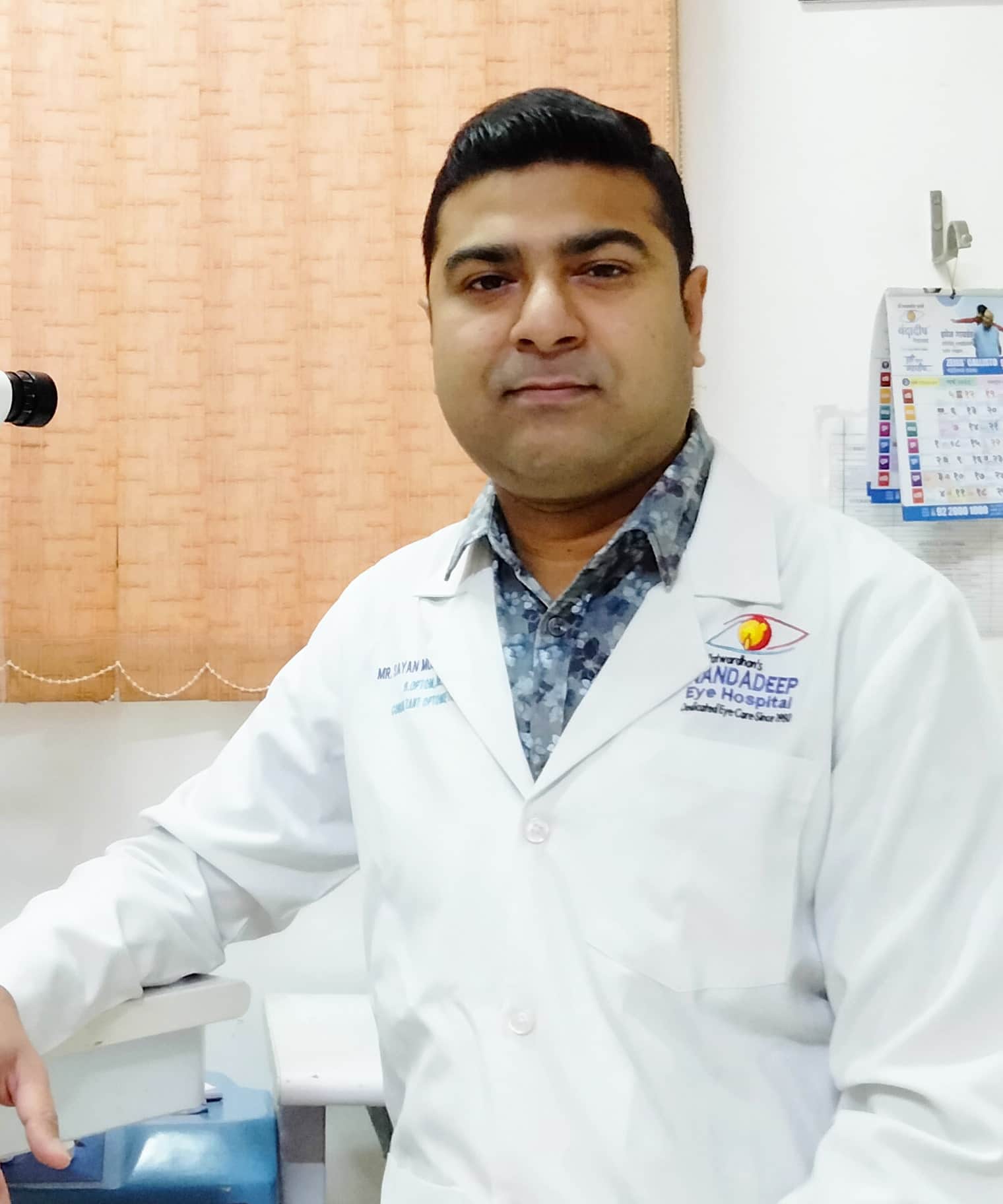
Our patient trust with us !
We met Dr Sachin Desai, feel like he is genuine as person because he explains the problem as it is.
They can be applied overhead charges /scanning/ Report as other hospital alway do but here they cant did, which i feel very happy.
Recommend
Thank you to Dakshata ji. Full support
Thank you to Seema Singare for well supportive and excellent to counselling work and touching each movement to proceed to complete till the operation.
The food was excellent with generous portions, we took the drinks package which was very good value (special offer at $30), and the serving staff were lovely. The show was fine, the singer was great and the dancers did their best in a very limited space. We asked to be seated upstairs which we liked, but from both decks you could get outside on the wraparound walkways. And that's where the magic was - Sydney from the water at night was amazing! All in all it was a great way to spend the evening.





